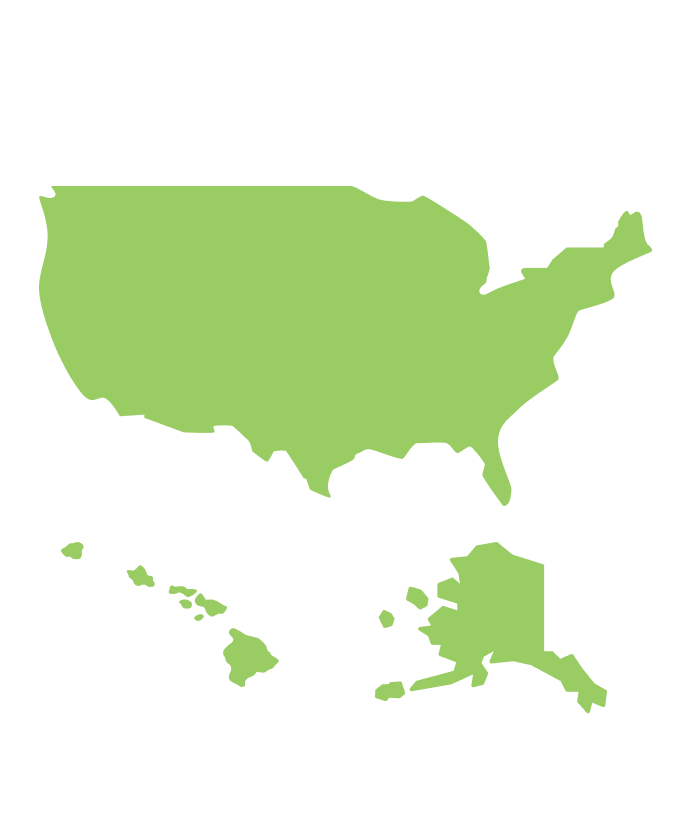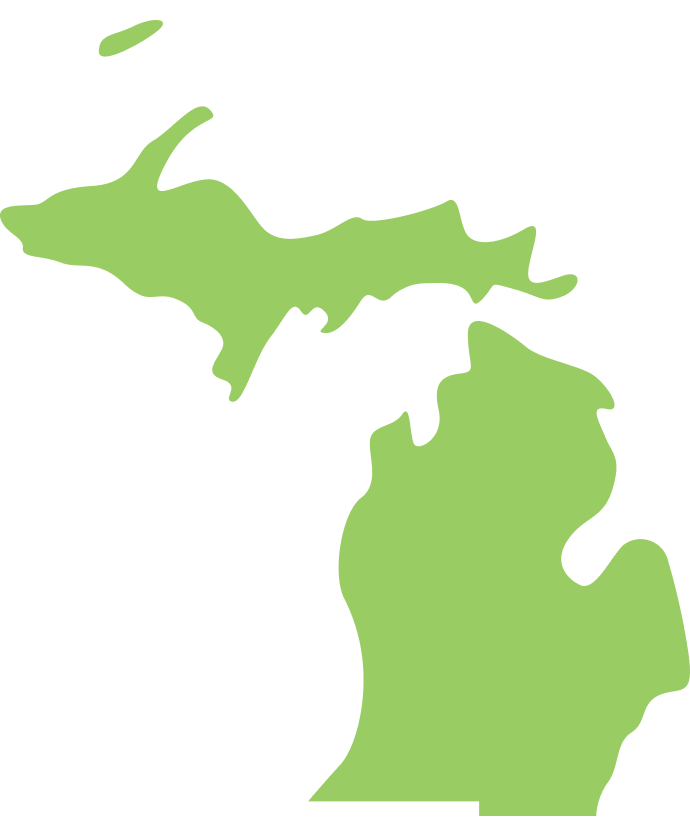Advancing community health with nutrition incentives and produce prescriptions
Highlight
Advancing community health with nutrition incentives and produce prescriptions
Nationwide
Access to healthy food is well documented to reduce people's risk of chronic health conditions and contribute to better health and well-being. While the Supplemental Nutrition Assistance Program (SNAP) aims to alleviate food insecurity, the primary focus of the Double Up Food Bucks nutrition incentive program has always been ensuring that children and families not only have access to enough food, but the vital nutrients that are the foundation of a healthy, active life and healthy communities.
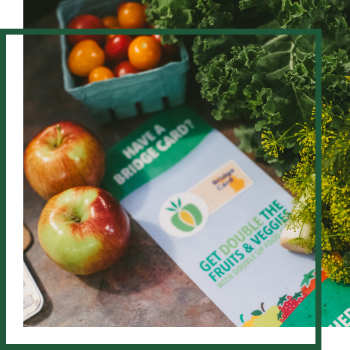 Double Up Food Bucks was launched at five Detroit-area farmers markets in 2009 and has since become a model for nutrition incentive programs across the US. Nutrition incentive programs like Double Up Food Bucks are designed to improve overall individual and community health by incentivizing the purchase and consumption of fruits and vegetables by consumers participating in the SNAP program. Similarly, produce prescriptions are a nutrition incentive that increases household food security while reducing healthcare usage and associated costs. “Rather than stigmatize or limit what food people can access, nutrition incentive programs help people choose the healthy foods they want to eat, while also stimulating the local economy,” says Holly Parker, Chief Strategy and Program Officer at Fair Food Network.
Double Up Food Bucks was launched at five Detroit-area farmers markets in 2009 and has since become a model for nutrition incentive programs across the US. Nutrition incentive programs like Double Up Food Bucks are designed to improve overall individual and community health by incentivizing the purchase and consumption of fruits and vegetables by consumers participating in the SNAP program. Similarly, produce prescriptions are a nutrition incentive that increases household food security while reducing healthcare usage and associated costs. “Rather than stigmatize or limit what food people can access, nutrition incentive programs help people choose the healthy foods they want to eat, while also stimulating the local economy,” says Holly Parker, Chief Strategy and Program Officer at Fair Food Network.
To ensure that nutrition incentives are available across the US, Fair Food Network supports produce prescription and nutrition incentive projects as a partner Nutrition Incentive Hub alongside University of California San Francisco and led by Center for Nutrition & Health Impact. The partnership supports training, technical assistance, reporting, and evaluation to strengthen programs all across the country.
In addition to providing technical assistance, Fair Food Network aims to amplify a unified voice in support of nutrition incentive programs and a strong SNAP program. As part of these efforts, the organization actively advocates for the continuation of federal funding for produce prescription and nutrition incentive programs like Double Up Food Bucks. In the past year, Fair Food Network coordinated advocacy efforts supporting the advancement of nutrition incentive programs, working with legislators and their staffs to educate them on the importance of nutrition incentives in providing families nutrient-dense fruits and vegetables.
One notable aspect of practitioners that implement nutrition incentive programs is their ability to innovate and adapt programming to local needs. In our national policy and technical assistance efforts, we’ve had the privilege to work with, support, and learn from organizations all across the country. “Nutrition incentive programs have successfully adapted to serve the unique needs of their communities and can vary a great deal regionally and culturally,” added Parker. Fair Food Network has adapted technical assistance and capacity building offerings through the Nutrition Incentive Hub to be responsive to these varying needs.
In remote locations such as Bethel, Alaska, for instance, the Bethel Community Services Foundation (BCSF) is leveraging a capacity building grant from the Nutrition Incentive Hub to begin testing shipping materials used to send produce to small villages in Alaska. BCSF serves the largely Yup’ik community of Bethel and the surrounding subarctic region, dotted with remote settlements not easily accessible except by plane. With just over 6,000 inhabitants, Bethel is the largest population center in western Alaska. The Community Center is responsible for, among many other things, running the produce prescription program that serves the area. Their goal is to improve the quality and increase the quantity of fresh produce shipped to participants who have limited fresh options in their local stores.
“Produce prescriptions allow health care providers to prescribe fresh fruits and vegetables to patients, just like they’d prescribe medication,” says Parker. To be effective in addressing diet-related conditions like diabetes, heart disease, and obesity, participants need consistent access to the healthy foods the program provides. The ability for BCSF to customize its program to reach Alaska’s far-flung rural communities is an advantage of the flexible nature of nutrition incentive programs and the capacity building grants that make local innovations possible. And those advantages ripple throughout the nutrition incentive field when programs test innovations that can be scaled to support community resilience elsewhere. “Innovations like BCSF’s program help them reach particularly vulnerable populations while serving as models for what programs in remote areas can do,” said Parker.
 Fair Food Network’s own Double Up Michigan team aims to help families bring home healthy fruits and vegetables while supporting Michigan farmers, in this case by working with grocers and food distribution networks to create more connections between what’s being grown locally and what’s available on store shelves. “Independent stores want to offer more fresh, local options, but they often don’t have the infrastructure, sourcing connections, or volume needed to access Michigan-grown produce consistently,” says Charles Walker, retail specialist. “They need support to bridge that gap—so they can be part of the solution in bringing healthy food closer to home.” Double Up Michigan aims to ensure the nearly 30 food retail locations in the city buy 20% or more locally grown produce during peak growing season in Michigan as a key requirement of being a part of the program. This helps build the market for Michigan farmers by driving demand for locally grown fruits and vegetables as part of the program model. Double Up Food Bucks in Michigan not only helps people using SNAP benefits but also supports farmer viability and keeps dollars circulating in local economies.
Fair Food Network’s own Double Up Michigan team aims to help families bring home healthy fruits and vegetables while supporting Michigan farmers, in this case by working with grocers and food distribution networks to create more connections between what’s being grown locally and what’s available on store shelves. “Independent stores want to offer more fresh, local options, but they often don’t have the infrastructure, sourcing connections, or volume needed to access Michigan-grown produce consistently,” says Charles Walker, retail specialist. “They need support to bridge that gap—so they can be part of the solution in bringing healthy food closer to home.” Double Up Michigan aims to ensure the nearly 30 food retail locations in the city buy 20% or more locally grown produce during peak growing season in Michigan as a key requirement of being a part of the program. This helps build the market for Michigan farmers by driving demand for locally grown fruits and vegetables as part of the program model. Double Up Food Bucks in Michigan not only helps people using SNAP benefits but also supports farmer viability and keeps dollars circulating in local economies.
“Nutrition incentive programs, including produce prescriptions, have proven to be very flexible in meeting local needs,” says Fair Food Network’s Parker. “That’s one of the reasons they’re so effective, and the main reason we’re seeing these programs gain traction all across the country.”
The popularity of nutrition incentive programs like Double Up does not, however, guarantee their future success. More work is needed to ensure the impact of these programs continues. “Nutrition incentive and produce prescription programs have become part of the fabric of their communities, and these programs are absolutely dependent on federal funding,” says Alex Canepa, Policy Director at Fair Food Network. It will be essential in the coming year to work with the USDA and policymakers to ensure that nutrition incentives — supported by Republicans, Democrats, farmers, and families — are faithfully implemented in communities across the country. “What we know, and what participants in nutrition incentive programs know,” says Canepa, “is that there’s power in choosing the foods your family eats.”

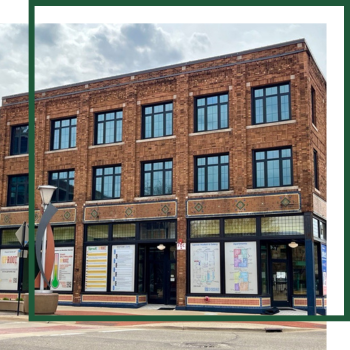 This
This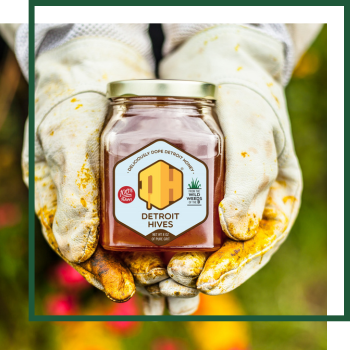 While Danu Hof Family Farm is expanding its operations to meet growing demand, other awardees, such as
While Danu Hof Family Farm is expanding its operations to meet growing demand, other awardees, such as  to improve underserved communities for both people and pollinators by transforming blighted vacant lots into
to improve underserved communities for both people and pollinators by transforming blighted vacant lots into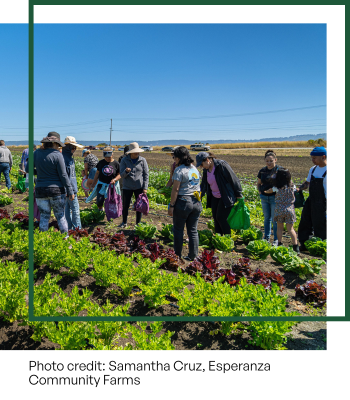 The Hub’s capacity building awards are one way that Fair Food Network is supporting partners who are scaling innovations that contend with nutrition insecurity. As program partners demonstrate the value of these innovations, they are shared with others in the field. “One of the reasons we started the program during the pandemic is because so many federally funded programs were experiencing the same challenges like how to pay for PPE or pivot operations to meet COVID protocols,” says Fair Food Network’s Senior Director of Nutrition Incentives, Erica Christensen Raml. “Since then, the focus of the fund has evolved to continue meeting the changing times. We have found that certain barriers to program usage — like transportation issues or language access — are common program-wide.”
The Hub’s capacity building awards are one way that Fair Food Network is supporting partners who are scaling innovations that contend with nutrition insecurity. As program partners demonstrate the value of these innovations, they are shared with others in the field. “One of the reasons we started the program during the pandemic is because so many federally funded programs were experiencing the same challenges like how to pay for PPE or pivot operations to meet COVID protocols,” says Fair Food Network’s Senior Director of Nutrition Incentives, Erica Christensen Raml. “Since then, the focus of the fund has evolved to continue meeting the changing times. We have found that certain barriers to program usage — like transportation issues or language access — are common program-wide.”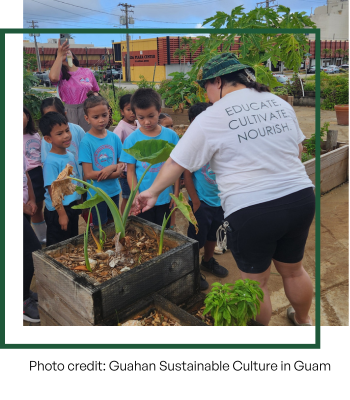 Together with our partners, Fair Food Network is supporting growing demand and helping nascent programs -— from Esperanza Community Farms in Watsonville, CA, to Knowledge Quest in Memphis, to Guahan Sustainable Culture in Guam — to explore innovative methods for service delivery and build organizational capacity to apply for and implement the large federal awards that make the impacts of nutrition incentive and produce prescription projects possible. And while each community’s program has the freedom to adapt to local needs, all — whether new or already established — are finding innovative ways to provide healthy food options for families who need it most, increase sales and expand the customer base for participating businesses, and produce more income for local farmers. “Capacity building grants give us a chance to provide additional support to communities that are innovating in scalable ways and can serve as models of resilience for the nutrition incentive field,” says Raml. “And they’re also a way to fund some really great ideas.”
Together with our partners, Fair Food Network is supporting growing demand and helping nascent programs -— from Esperanza Community Farms in Watsonville, CA, to Knowledge Quest in Memphis, to Guahan Sustainable Culture in Guam — to explore innovative methods for service delivery and build organizational capacity to apply for and implement the large federal awards that make the impacts of nutrition incentive and produce prescription projects possible. And while each community’s program has the freedom to adapt to local needs, all — whether new or already established — are finding innovative ways to provide healthy food options for families who need it most, increase sales and expand the customer base for participating businesses, and produce more income for local farmers. “Capacity building grants give us a chance to provide additional support to communities that are innovating in scalable ways and can serve as models of resilience for the nutrition incentive field,” says Raml. “And they’re also a way to fund some really great ideas.”